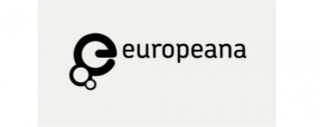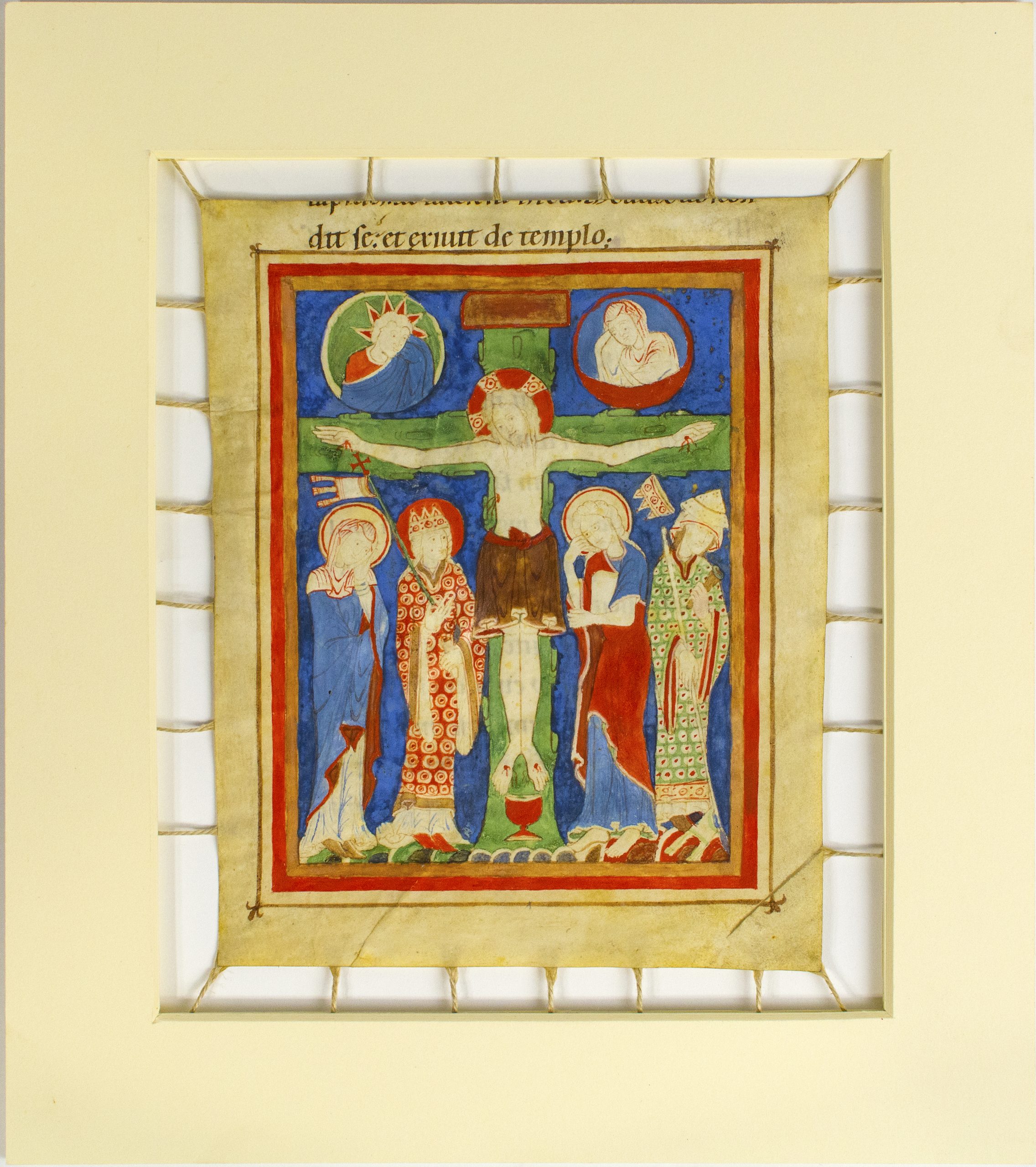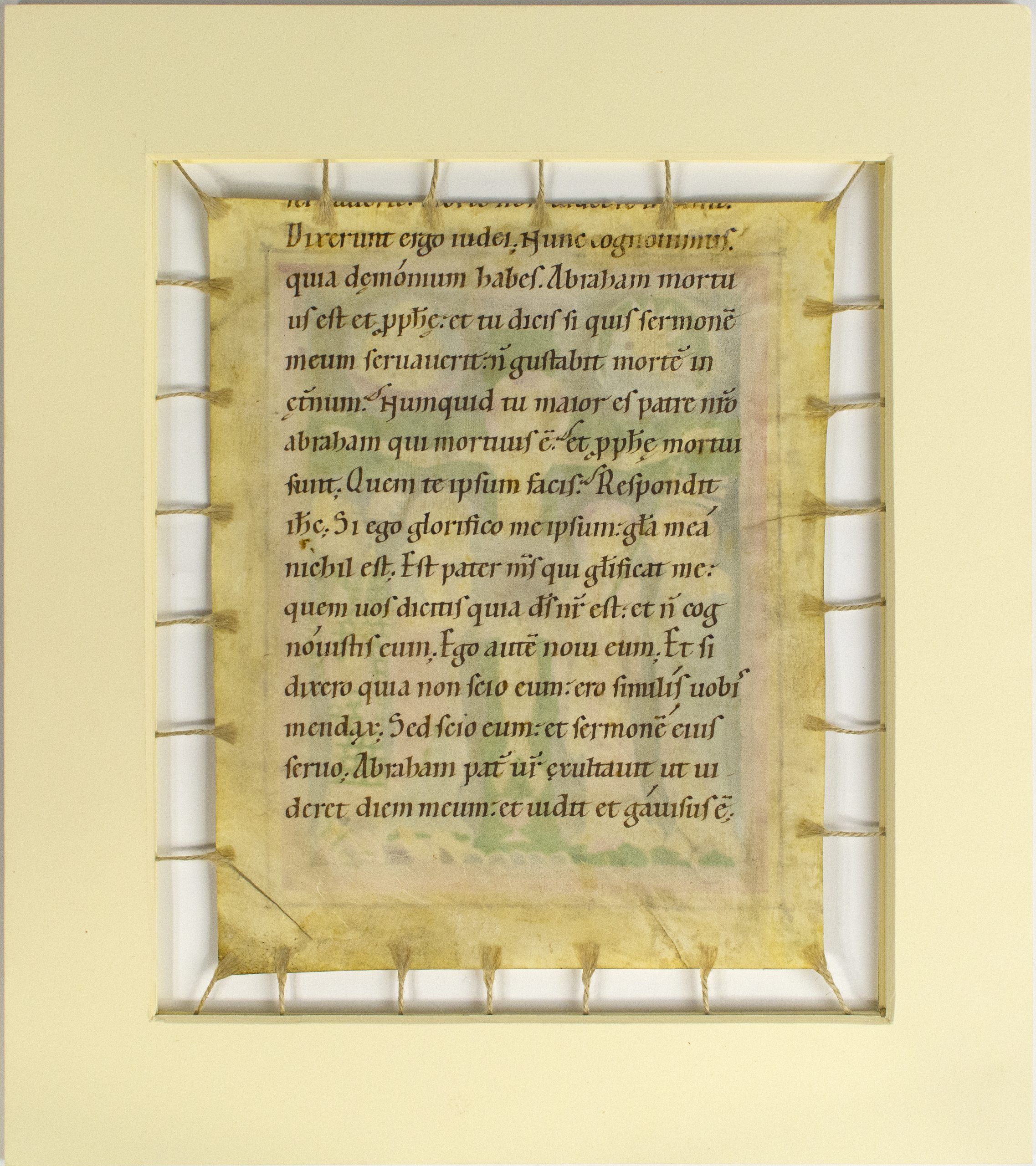Pre- Christian Ireland; Stone Age – Bronze Age
Suitability : Senior Cycle
Duration: 90 minutes
Cost: €3.50 per student, Teachers go Free
Suitability : Senior Cycle
Duration: 90 minutes
Cost: €3.50 per student, Teachers go Free
Discover what life was like for people in Pre-Christian Ireland through interactive group activities, a tour of our Collection, handling of replica objects and new innovative digital interactives.
Focusing on the Stone Age and Bronze Age, students will build their visual literacy as they learn about the materials, production methods and decoration techniques used to make everyday tools and objects in prehistoric times.
During this workshop, students will use visual thinking strategies to examine and compare settlements from the Stone Age to the Bronze Age to determine how lifestyles improved in conjunction to the development of new materials and technologies. They will use digital interactives to investigate archeological objects from our Collection and participate in group art activities.
This workshop will support students to complete written questions in content area 2; Ireland and it`s place in the wider world; Pre-Christian section of the Leaving Certificate Examinations.
Location: Zoom
Suitability: 3rd & 4th class
Duration: 30 minutes
Cost : Free
To Book contact the education team at
education@huntmuseum.com or call 061 490089
The Hunt Museum Collection speaks to John Hunt`s curiosity about the world he lived in, ancient cultures, archaeology, art and fine craftsmanship.
In this live, online, taster workshop learners will virtually access the world of John Hunt through archival photographs, Collection images and short animations and a live discussion with a member of staff from the Hunt Museum. They will develop a broad understanding of the types of objects he collected, where he sourced them, as well as the impact he made in the field of Irish archaeology while living in Lough Gur.
Curricular Links
History: Working as a historian; Stories from the lives of people in the past
Science: Working Scientifically; Materials
Geography: A sense of place and space; Maps, globes & geographical skills; Human Environments
Medieval illuminated manuscripts are hand-written books with pages made from animal skins,adorned with hand painted designs and precious metals. They are some of the most beautiful artifacts that remain from the period. The process of their creation tells us about scribal and artistic practices of the Medieval period. In this programme, post primary students will explore this process through a variety of resources created as part of the Art of Reading in the Middle Ages project for Europeana, including video-based resources, blogs, galleries and workbooks.
Click here for ARMA Reading in the Middle Ages.
Click here for ARMA Graphic Design Education Programme.
Illuminated manuscripts in the Middle Ages can be viewed as objects of innovative graphic design featuring decorative fonts and images to engage readers. The term ‘design’ was not used in the same way during the Middle Ages. However, it speaks to the craftsmanship and ingenuity of the manuscripts in the Middle Ages. They were more than just books for writing in. The illuminators created elaborate fonts and artworks consisting of diverse shapes and sizes and examining these can inspire contemporary design. In this programme, post primary students will use medieval manuscripts, including fonts and imagery, as inspiration for their own graphic design projects.
Click here for ARMA Reading in the Middle Ages.
Click here for ARMA Making Medieval Manuscripts.
This programme will introduce primary school pupils to the practice of reading in the Middle Ages and how it was different from reading today. Pupils will begin by playing the interactive Reading Aloud Game, which will encourage them to think about what reading is and how it changed over time. The lesson plan that follows outlines a series of performance-based activities inspired by the research of Eleanor Giraud on Melodic Lection Marks, and how they aided with reading aloud. Following this programme, pupils will have a greater understanding of the practice of reading aloud in Medieval times, the shift towards silent reading, and how this changed our relationship with the written word.
Click here for ARMA Making Ink resource.
Click here for ARMA Calligraphy programme.






With Thanks to



The history of the practice of reading can tell us a lot about the nature and history of the society as a whole. During the Middle Ages, reading was mostly practiced aloud. Much of society was illiterate and texts could only be accessed through public readings. Today the opposite is true — the practice reading silently, and written information is widely available online and through printed text.
During this programme, post primary school students will be introduced to the history and function of reading, and explore reading as a means of understanding Medieval society. The programme draws on a variety of resources created as part of the Art of Reading in the Middle Ages project for Europeana, including an interactive game, video-based resources, blogs, galleries and workbooks.
Click here for ARMA Reading in the Middle Ages.
Click here for ARMA Graphic Design Education Programme.
Welcome to the Art of Reading in the Middle Ages (ARMA) curriculum linked teaching and learning resources for schools. These harness medieval digital collections from the Hunt Museum and Limerick Museum and manuscripts available through Europeana Foundation
The ARMA programme aims to explore how reading culture evolved in the Middle Ages and became a fundamental aspect of European culture. The main objectives of this programme is to digitise up to 20,000 medieval manuscripts (c. 500 and c. 1500) and make them accessible online for anyone to use copyright free. Critically the programme will also unlock the educational potential of these digital collections by producing an online exhibition, blogs and other editorials and teaching and learning resources.
Click here for ARMA Making Ink resource.
Click here for ARMA Reading Aloud Resource
Resource 1: Calligraphy in the Middle Ages
Suitability: 4th to 6th classes

Translator at work from BL Royal 18 E III, f. 24 by Valerius Maximus, translated by Simon de Hesdin and Nicholas de Gonesse - 1479 - The British Library, United Kingdom - Public Domain.

Manuscript leaf from a Book of Pericopes/Animal,Skin,Mammal skin,Parchment,Vellum/12th century AD/The Hunt Collection/PD

Manuscript leaf from a Book of Pericopes/Animal,Skin,Mammal skin,Parchment,Vellum/12th century AD/The Hunt Collection/PD
Visual Art
History
Today it is easy and quick to record and disseminate information, but in the Middle Ages this process was slow and laborious. All books known as manuscripts were copied by hand using a decorative style of script known as calligraphy.
These teaching materials will enable primary school children to learn about the process and history of calligraphy by comparing and contrasting manuscript examples from Europeana’s collections and historical objects from Limerick Museum and the Hunt Museum associated with the practice of calligraphy. The children will then fashion a calligraphy pen and use it to create their own piece of calligraphy.
With thanks to:







Discover art and objects in our new Virtual Museum Workshops for schools. Participants explore and interact with virtual galleries filled with 3D objects and images from the Hunt Museum. Participants practice analytic, creative and digital skills while they work together to create their own virtual exhibition and discover the role of the museum to educate and inspire.
This workshop takes place on the free online platform Mozilla Hubs and requires no software downloads or sign up. To participate you’ll need a device (mobile, tablet, laptop or desktop PC) and a strong WIFI connection.
This workshop links to our layout and design online resource as it demonstrates new initiatives to make collections accessible whilst also providing new means of experiencing art. Students will have the opportunity to ask discuss and ask questions about topics related to todays world section of the leaving certificate art syllabus.
Not sure what this is all about? Read our Frequently Asked Questions here:
This workshop includes a Q & A session with a member of staff from the Hunt Museum
Cost : 35 euro
For further information, and to book a Virtual Museum Workshop for your school or group, please contact: educationoffice@huntmuseum.com